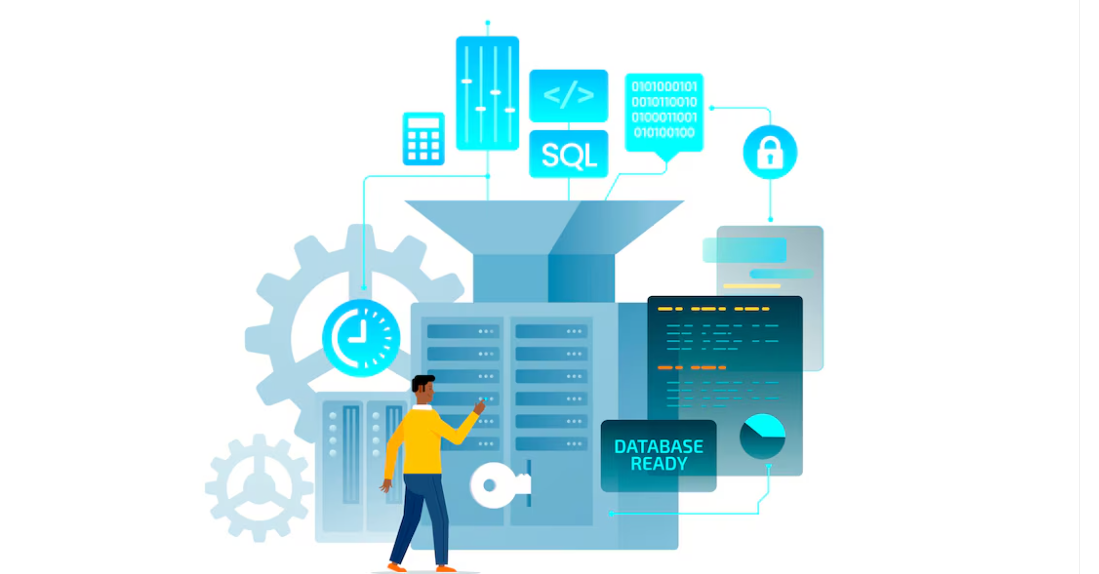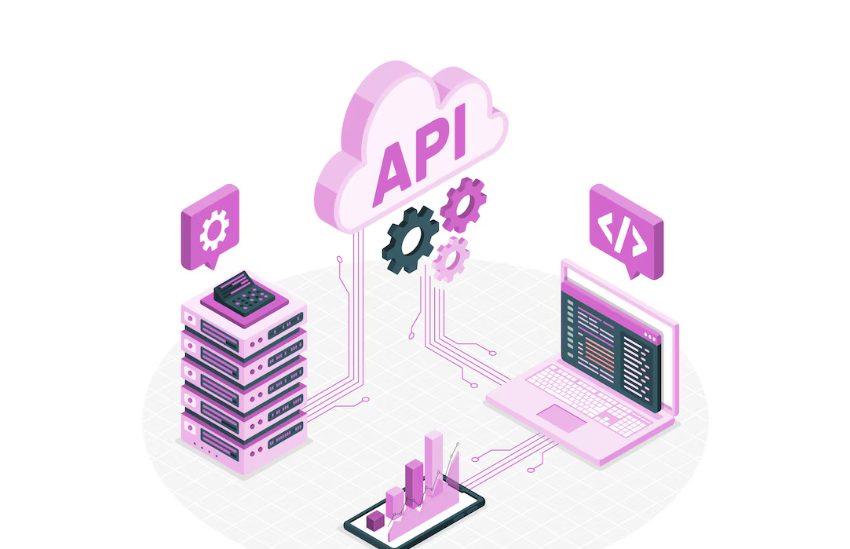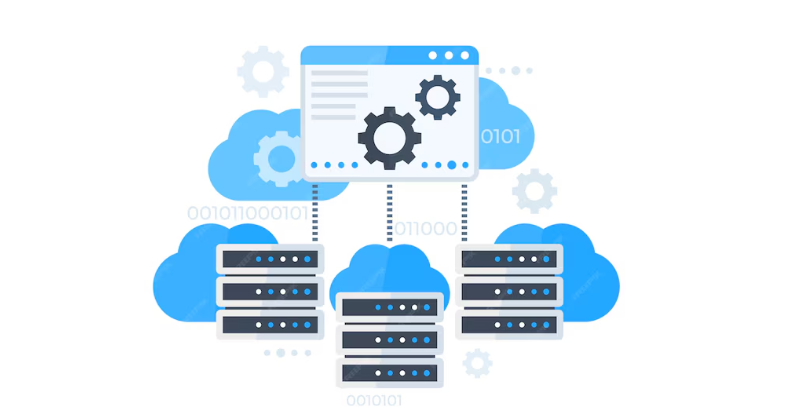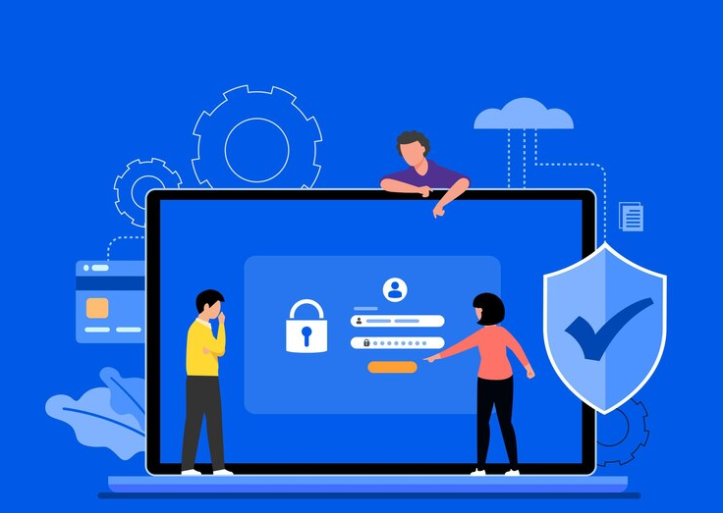Mistakes and glitches frequently occur during software deployment, even with the most skilled development teams. Adhering to software deployment best practices enhances efficiency, boosts security, and accelerates product market entry. This article unites the answer to how do you manage software deployment within straightforward words.
What Is Software Deployment?
The creation and launch of software consist of several distinct stages. What exactly is software deployment, and how does it integrate into the software development lifecycle (SDLC)?
Software deployment signifies the ultimate transfer of finished software to a user or system, enabling it to be utilized. So how do you manage software deployment? The procedure consists of these phases:
Setup and arrangement: Establishing the required hardware and software settings for the software to operate.
Release and setup: Build the software into an executable form, bundle it with all required files and dependencies, and deliver it to the final users.
Activation: Enabling and registering the software.
Testing and validation: Assessing the product in the operational setting to verify that it operates as intended.
Oversight and upgrades: Tracking performance and security concerns while issuing updates to resolve issues and enhance functionality.
Software deployment strategies can differ greatly depending on the kind of software and the technology used. This is the reason that best practices for software deployment are essential throughout all of these phases.
Fundamental implementation
Basic deployment is commonly the most uncomplicated type of deployment, encompassing a simple procedure where the software is set up and configured in a live setting. This method might be appropriate for smaller applications or systems that don’t need complicated configurations or large testing environments. Nonetheless, simple deployment carries significant risks, since there is minimal opportunity for testing or reversing changes if an issue arises.
A standard deployment often interrupts service for users, although there are methods to reduce the expected downtime. Simple deployments are not suitable for intricate deployment situations, at large scale, or where consistent service is required. An issue during a standard deployment will render the software unusable until the problem is fixed.
Incremental rollout
Rolling deployment consists of incrementally substituting instances of the old software version with the new version. This minimizes downtime and enables gradual testing of the new software in a real environment. If problems are identified, the deployment can be halted or reverted, reducing interruptions to the user experience.
Rolling deployment is especially advantageous for systems that demand high availability as it allows for partial updates without needing to take the whole system offline. It enables prompt feedback and ongoing enhancement, making sure that any issues can be resolved swiftly without affecting the overall service quality.
Blue-green deployment
Blue/green deployment involves two identical production settings. One environment (blue) operates the existing version of the application, while the updated software version is installed in the other (green) environment. Traffic is transitioned to the green environment once the new version is verified to be stable and operational, guaranteeing a shift with minimal downtime.
This approach of how do you manage software deployment answer offers a reliable safety feature. If the updated version faces problems, traffic can revert to the blue environment, maintaining service continuity. Blue/green deployment greatly minimizes risks and enables testing in an environment that simulates production prior to complete transition.
Canary release
Canary deployment means launching the new software version to a limited group of users prior to its full release to all users. This incremental exposure enables monitoring and collecting feedback on the new version while reducing the chance of widespread problems. If the deployment is successful, the rollout proceeds until every user is using the new version.
Robust monitoring is essential for the canary strategy, enabling you to swiftly detect potential issues and stop the deployment if required. It operates effectively in settings requiring high availability, allowing teams to test changes and collect user feedback without affecting the whole user base.
A/B testing
A/B testing is a technique in which two software versions are launched at the same time for distinct user groups to evaluate aspects like system performance or user reactions to a modification. This method aids in pinpointing the more efficient variant based on set metrics like user participation, performance, or other crucial indicators.
By examining the outcomes from each group, teams can make decisions based on data regarding which version should be completely launched. This approach guarantees that the selected version has been confirmed to deliver the optimal result, resulting in increased satisfaction and improved overall performance.
Deployment of multiple services
Multi-service deployment emphasizes the implementation of various, interrelated services either at the same time or one after another, based on their connections and dependencies. This approach is frequently employed in microservice architectures, where various services carry out distinct roles within the application environment.
Meticulous coordination of these deployments is essential to guarantee that service dependencies are managed properly and that the entire system stays operational throughout the deployment procedure. Multi-service deployment enables increased modularity and independent scaling of elements, improving the system’s adaptability.
Shadow deployment
Shadow deployment entails operating the new version of the software in a live environment together with the existing version while ensuring it is not accessible to users. The updated version handles a duplicate of the live traffic, enabling testing and performance assessment while avoiding any effect on the user experience.
This approach offers a better understanding of how the updated version engages with actual data and situations, aiding in the detection and resolution of problems before completely moving to the new version. Shadow deployment greatly reduces the risks linked to new releases, facilitating smoother transitions.
In Conclusion
Successful deployments are consistent, trustworthy, and safe. Automated deployment tools represent the optimal method to accomplish this. An automated deployment follows identical steps in the same sequence each time. This minimizes risk and accelerates the deployment process. If you like you can also add up some of the extra points with us about how do you manage software deployment.




